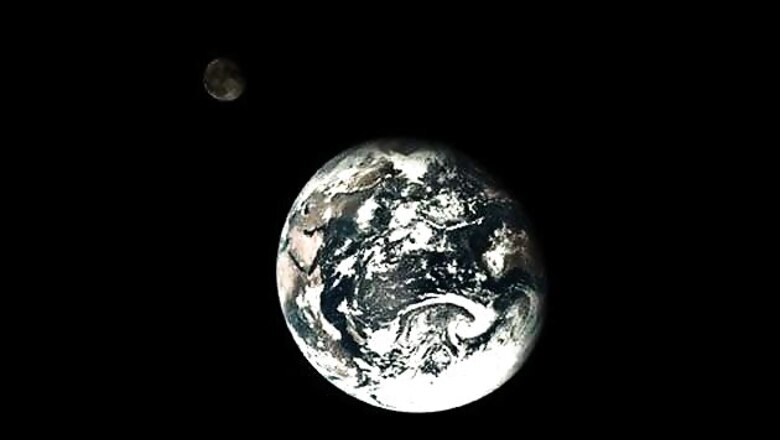
views
Washington: In a pioneering feat, researchers from Massachusetts Institute of Technology (MIT) and University of Colorado in Boulder have discovered an invisible shield some 11,000 kms above Earth that works against the harmful radiation belt.
High above Earth's atmosphere, electrons whiz past at close to the speed of light. Such ultra-relativistic electrons, which make up the outer band of the Van Allen radiation belt, can streak around the planet in a mere five minutes - bombarding anything in their path.
The Van Allen belts are a collection of charged particles - gathered in place by Earth's magnetic field.
Exposure to such high-energy radiation can wreak havoc on satellite electronics and pose serious health risks to astronauts.
Using NASA's Van Allen Probes - twin craft that are orbiting within the harsh environments of the Van Allen radiation belts, researchers found no matter where these electrons are circling around the planet's equator, they can get no further than about 11,000 km from the Earth's surface - despite their intense energy.
"What is keeping this high-energy radiation at bay seems to be neither the Earth's magnetic field nor long-range radio waves but rather a phenomenon termed 'plasmaspheric hiss'," explained John Foster, associate director of MIT's Haystack Observatory.
The phenomenon is described as very low-frequency electromagnetic waves in the Earth's upper atmosphere that, when played through a speaker, resemble static or white noise.
The researchers believe that plasmaspheric hiss essentially deflects incoming electrons causing them to collide with neutral gas atoms in the Earth's upper atmosphere and ultimately disappear.
"It is a very unusual, extraordinary and pronounced phenomenon. What this tells us is if you parked a satellite or an orbiting space station with humans just inside this impenetrable barrier, you would expect them to have much longer lifetimes. That is a good thing to know," Foster added.
The Van Allen belts were the first discovery of the space age, measured with the launch of a US satellite Explorer 1 in 1958.
"This barrier for the ultra-fast electrons is a remarkable feature of the belts," noted first author Dan Baker, space scientist at University of Colorado in Boulder.
Understanding what gives the radiation belts their shape and what can affect the way they swell or shrink helps scientists predict the onset of those changes.
Such predictions can help scientists protect satellites in the area from the radiation, concluded the paper that was published in the journal Nature.




















Comments
0 comment